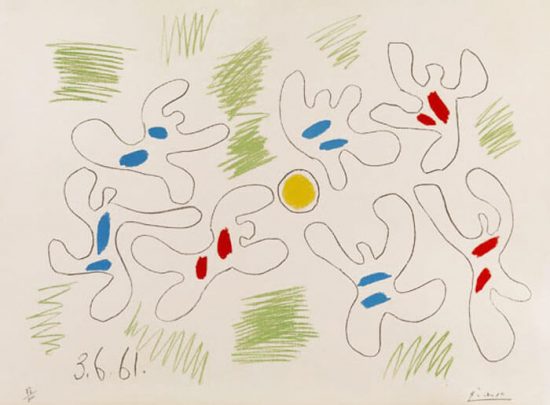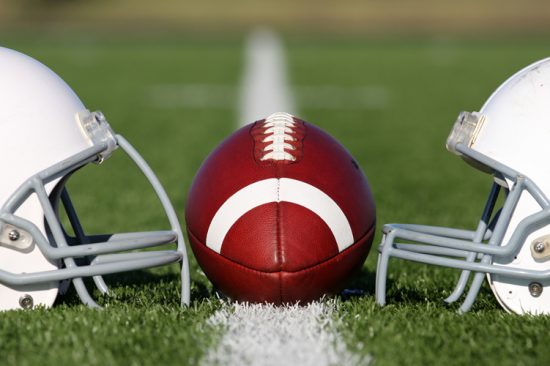When Albrecht Dürer painted Self-portrait (1500), he probably never envisioned a stadium full of soccer fans joining a public – and heated – debate over its display. Then again, maybe the 28-year-old artist didn’t know he would become an icon for his state of Franconia (now part of Bavaria). “Dürer back to his city!” read a large banner held up by attendees at a local match in Nuremberg, an unlikely venue for such a statement, to say the least. The cause of this sudden artistic consciousness among sports enthusiasts? According to Julia Michalska at The Art Newspaper, it’s the brewing storm between the Germanisches Nationalmuseum in Nuremberg, Dürer’s hometown, and Munich’s Alte Pinakothek, which broke after the latter refused a loan request for the famed portrait.
Between May 24 and September 2, the Germanisches Nationalmuseum will be hosting the country’s largest Dürer show since the 1970’s. Curators intended for the self-portrait, which shows the artist in an arrestingly confident pose, to be a keystone work. Possessing a rare degree of painterly perfection, the oil painting recalls conventions for representing Christ popular in Dürer’s time. The work is a testament to his search for “perfect art,” notes art historian Daniel Hess at the Nuremberg museum. Others have seen in this self-portrait an evocation of the practice Imitation of Christ or, alternatively, a brash image of the Artist as Creator.
the face of the museum
The Pinakothek’s director, Klaus Schrenk

To the Alte Pinakothek, where the work has been housed since 1805, the painting means more, and differently. The Pinakothek’s director, Klaus Schrenk, sees the painting as “the face of the museum” (the painting actually appears as a background image on the home page of the Museum's website). Although Schrenk’s statement that Self-portrait returned from its 1971 trip to Nuremberg “with cracks and faded color” is unsubstantiated, a joint examination by chief conservators at both institutions ruled that the work is too fragile to be moved.
Before that decision was reached, however, bad blood boiled between the dueling cities. Nuremberg used to belong to Franconia but joined Bavaria around 1805, the same time that Dürer’s Self-portrait was sent from the Nuremberg city council to Munich. Bavarians and Franconians, while no longer distinct on a political map, still maintain separate identities - even East Franconian German differs greatly from the Austro-Bavarian dialect.
This row, it seems, was bound to get political, and politicians started weighing in on the debate; the Germanisches Nationalmuseum brought its case to the Bavarian ministry of culture, aiming to bypass the Pinakothek’s denial of the loan and was gratified with the unanimous support of all five political factions in the state parliament.
This is where the painting, the politicians and the populace at the soccer stadium connect; many Franks lament the flight of Dürer paintings from his native city to more important urban centers such as Munich. The vote to approve the loan was unanimous because of the upcoming 2013 elections in Bavaria; to get reelected, politicians have to prove their commitment to the Franks. It’s a moot point in any case, in light of the conservators’ opinion that the painting is too fragile to travel.
The Gemäldegalerie Alte Meister in Dresden also happened to deny a loan request for the exhibition, but everyone knows that’s in Saxony. Who cares?
Citations:
Julia Michalska. The Art Newspaper. March 2012. No. 233. Dürer becomes a political football.



